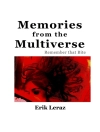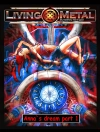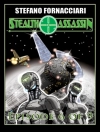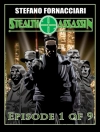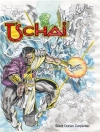John Dos Passos’s Manhattan Transfer follows the overlapping lives of four principal characters in a sweeping multi-faceted tale set to the soundtrack of the booming, rhythmic pulse of New York City in the 1920s. Peopled with wealthy professionals, struggling immigrants, actors, cab drivers, chefs, and shopkeepers, a portrait of New York City bursts into view with all the force of the city itself. Through a narrative collage of descriptions, snatches of conversations, music, flashbacks, streams of consciousness, and shifting perspectives, Dos Passos vividly portrays the profits and perils of the American dream. Considered by many to be his greatest novel, Manhattan Transfer is a landmark work of modernist fiction and a masterpiece of American literature.
Зміст
Contents
First Section
Ferryslip
Metropolis
Dollars
Tracks
Steamroller
Second Section
Great Lady on a White Horse
Long-Legged Jack of the Isthmus
Nine Days’ Wonder
Fire Engine
Went to the Animals’ Fair
Five Statutory Questions
Rollercoaster
One More River to Jordan
Third Section
Rejoicing City That Dwelt Carelessly
Nickelodeon
Revolving Doors
Skyscraper
The Burthen of Nineveh
Biographical Timeline
Про автора
John Roderigo Dos Passos (1896-1970) was an American novelist, painter, and member of the Lost Generation who came of age during World War I. His books include Manhattan Transfer, U.S.A. (The 42nd Parallel, 1919, and The Big Money), and Mr. Wilson’s War. He is considered one of the leading novelists of his day and his pioneering works of nonlinear fiction exerted an enormous influence on the work of Jean-Paul Sartre, Mary Mc Carthy, and John Brunner, among others. By the time of his death in 1970 Dos Passos had written forty-two novels and numerous poems, essays, and plays, and created more than four hundred pieces of art.





